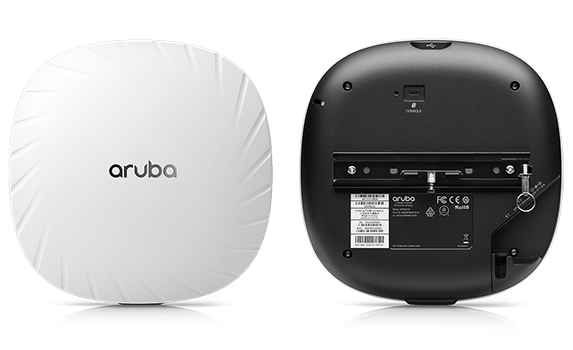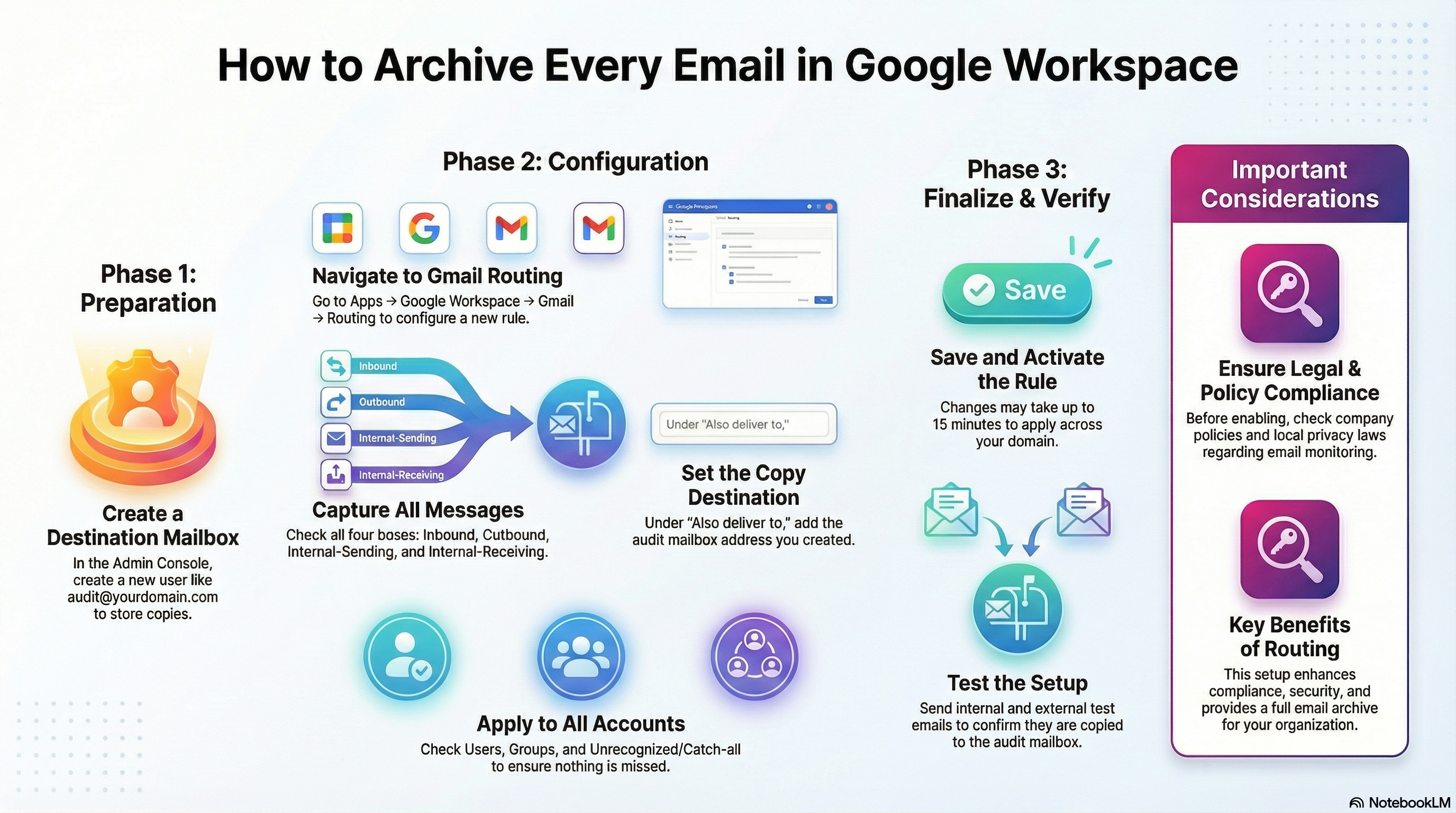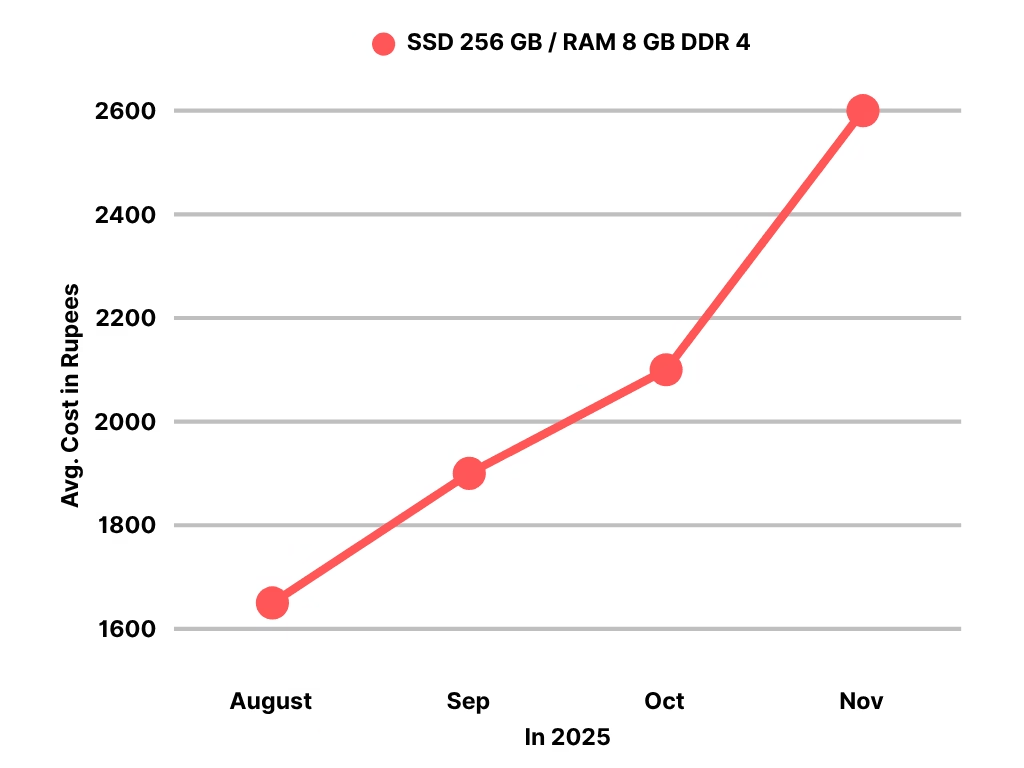Do you wish for uninterrupted internet with close to zero downtime? You have tried multiple ISPs and WiFi Extenders and, it is still not much better. Do read on, we may have the answer.
What do you need?
Merge multiple broadband connections to minimize downtime and maintain stability.

No Internet Service Provider (ISP) can guarantee zero downtime. You can’t blame them. A technical glitch can occur anytime. A strong wind can bring a branch down your street and that can bring down the internet cable to your house. Even a monkey on the roof can chew it.
To minimize the effect of these you can take 2 -3 connections from different ISPs but managing them can be a challenge. Especially when using other network-based equipment like printers or smart home devices like smart bulbs, speakers etc, you always have to be sure which network you are connected to.
For devices like laptops and phones which switch networks automatically, it brings its own set of challenges. At many points in your office or home, they may keep changing from one network to another and hamper the functionality of apps and websites that need consistent connection like VPNs and Banking websites.
Access Points (AP) are used to spread internet connectivity from a single point across multiple floors or rooms.

We have seen people using multiple broadband connections in different parts of their offices or homes spread across various rooms and even floors. Or they spread the single connection using network extenders. The problem with extenders is that each has a separate name/SSID and users must reconnect when moving from one place to another. Also, they are not very stable.
Note: Unlike many Wi-Fi extenders, which pick Wi-Fi signals from routers and boost them, these Access Points are connected to the router through wires (LAN Cat 6 cables) and switches. This is what makes them so much more dependable.
So, do you need anything else?
PoE Network switch: Simply put, a network switch is a device that connects multiple devices within a local area network (LAN) and forwards data packets between them. PoE stands for Power Over Ethernet. So, if you use PoE switches you won’t need to install power sockets for Access Points. It is much more than just any cable splitter, but you won’t need to explore all its niceties for this purpose.

Cat 6 Cables and connectors: The length required depends on how far apart the switches and access points need to be placed.
Basics you must know: What affects the range and connectivity of wifi routers and Access Points (AP)?
(As on https://www.lifewire.com/)
Distance:
A general rule of thumb — The higher the band, the higher the speed but the lower the range, and is more likely to be affected by interference. In home networking, Wi-Fi routers operating on the 2.4 GHz band can reach up to 150 feet indoors and 300 feet outdoors. Older 802.11a routers that ran on 5 GHz bands reached approximately one-third of these distances. Newer 802.11n and 802.11ac routers that operate on 2.4 and 5 GHz bands reach greater distances.
Type of Structure or Building:
Physical obstructions in homes, such as brick walls and metal frames or siding, can reduce the range of a Wi-Fi network by 25 per cent or more.
A Wi-Fi signal weakens whenever it encounters an obstruction, which happens a lot indoors, thanks to walls, floors, and even the electronic interference caused by appliances.
Wireless Standard:
The wireless standard you’re using has a direct effect on your wireless signal range and strength. The 802.11g protocol has an indoor range of 125 feet, while 802.11n has a range of 235 feet.
Now let us plan for you.
When we start planning, we need to consider the overall carpet area we need to cover and the number of partitions it has, especially if they are thick brick walls or metal separators. The wooden separators offer less resistance to these signals. You also need better and more APs if you have a lot of electronic devices that can interfere with radio waves.
You can also leave the planning to us Tech-AD India Network Solutions. We visit, study the floor plan, and suggest the most suitable set-up to meet your needs within your budget.
The starting price including installation charges can be as low as 15k for an office with 50 seats or a two-BHK flat.




Leave a Reply